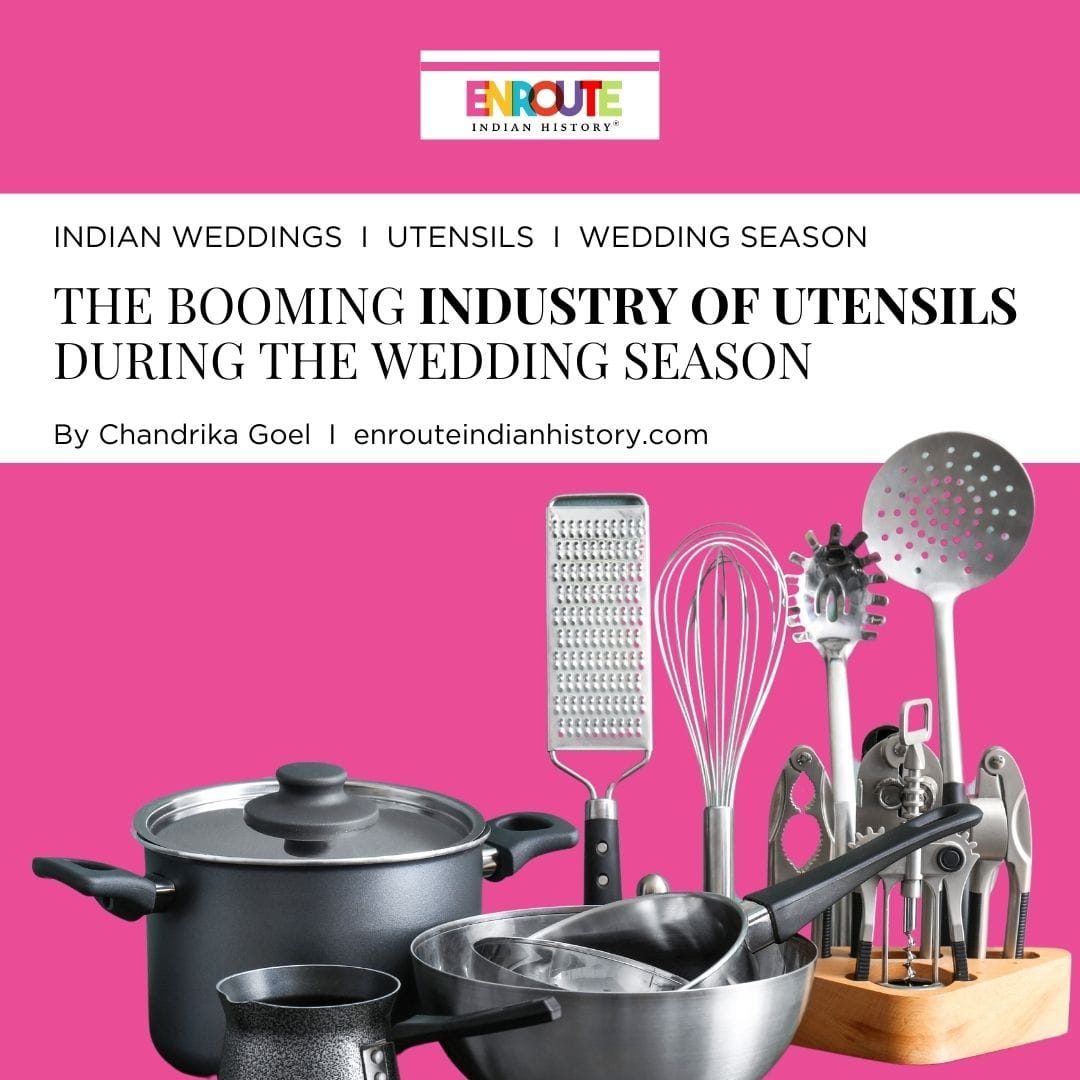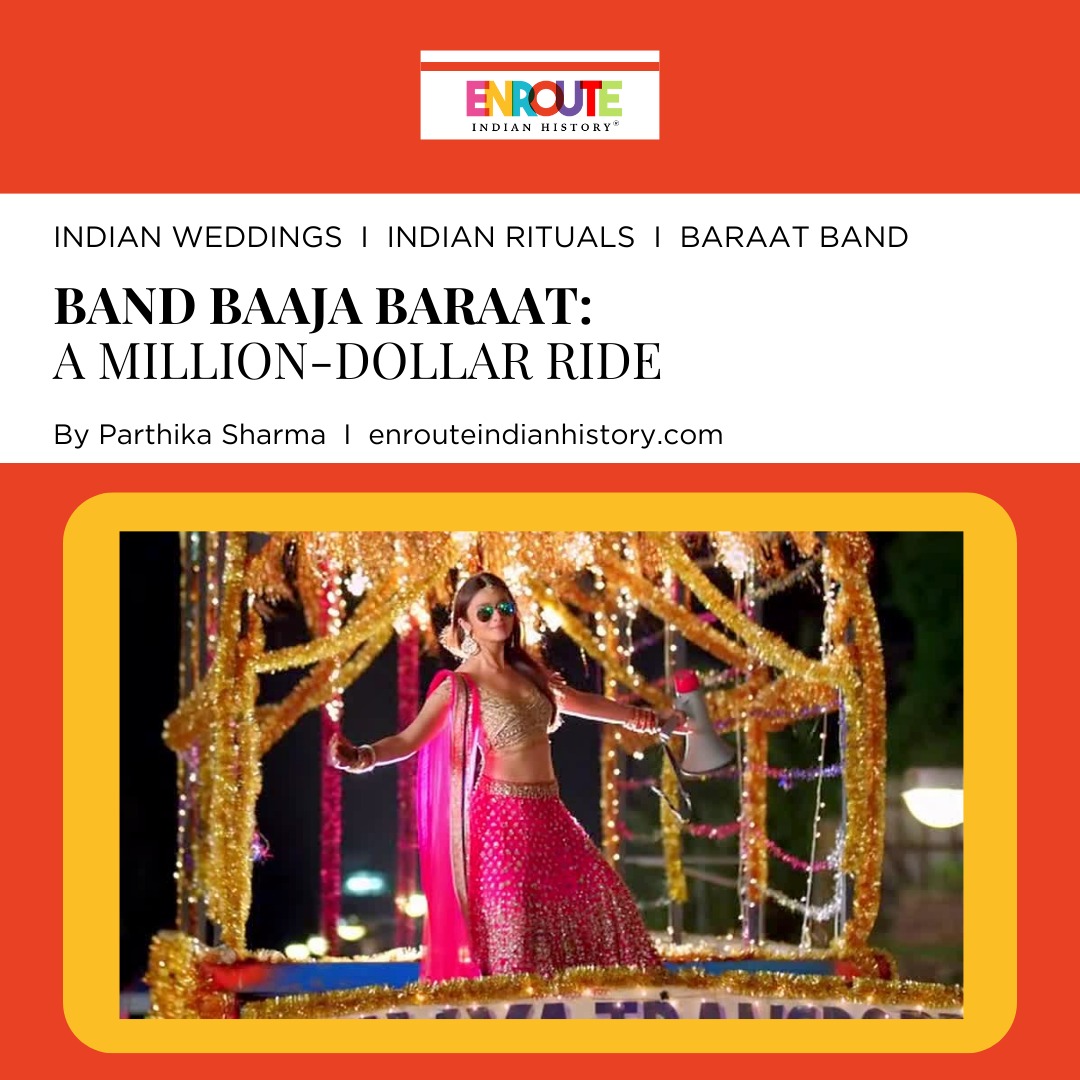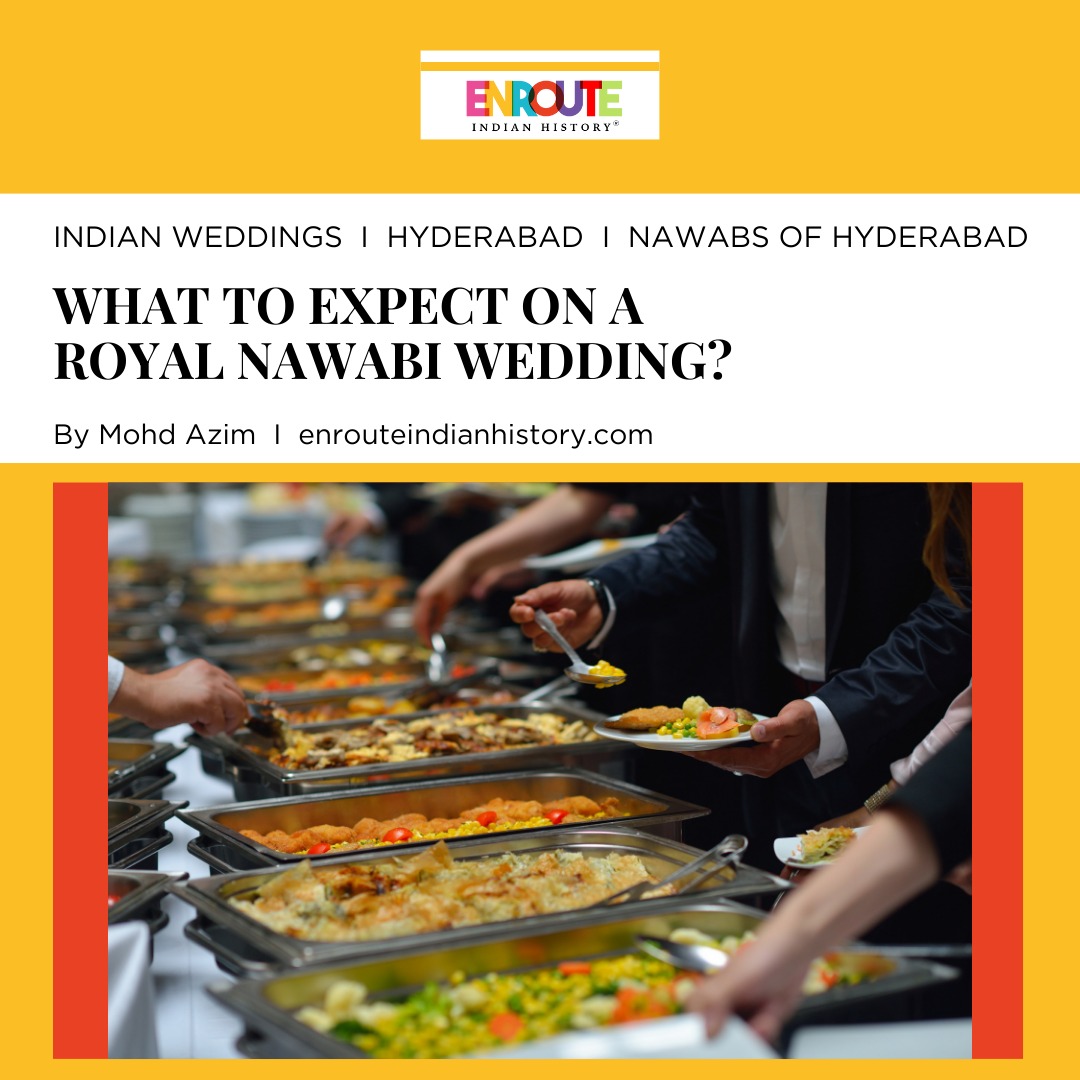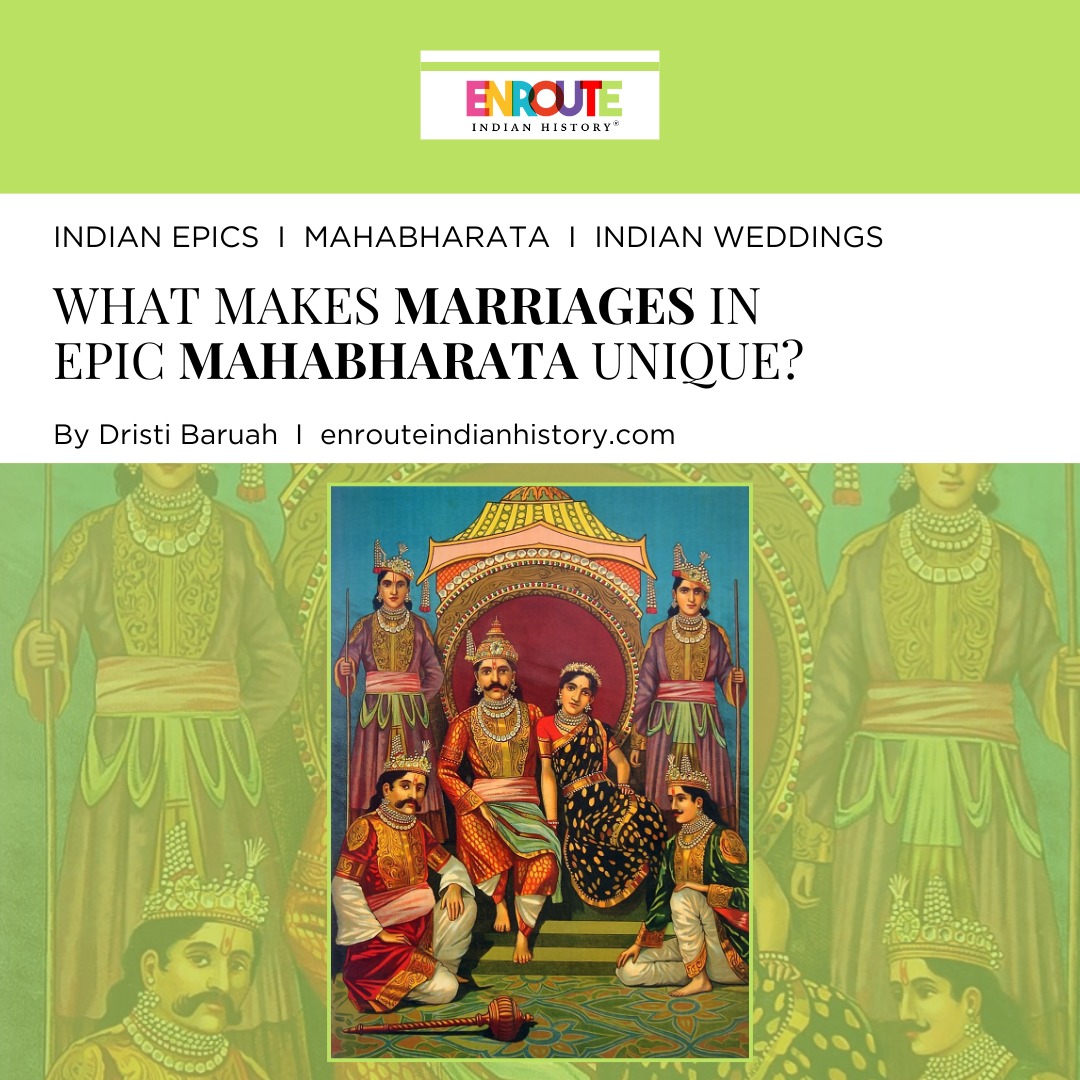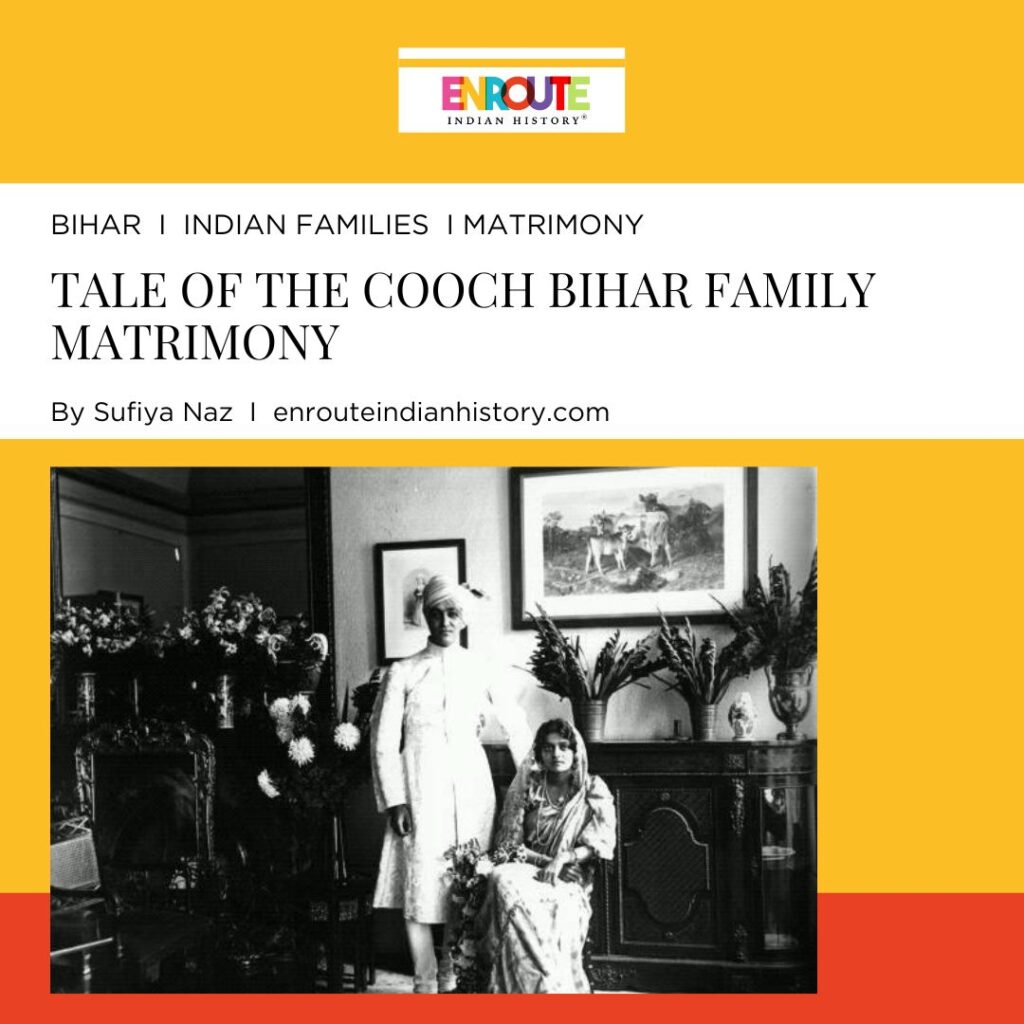
Prince Jitendra and Princess Indira
Born into prominent families, their encounter during the Delhi Durbar of 1911 led to an instant connection and love at first sight. The essay explores the complexities of their relationship, including religious and cultural differences, parental objections, and the unexpected cancellation of their planned wedding. Despite adversity, the couple’s determination prevailed, culminating in a secret marriage in London in 1913. The narrative delves into the societal repercussions, the intricate negotiations between the families, and the eventual acceptance of their union. Jitendra and Indira’s love story, marked by passion and perseverance, resonates as a remarkable tale of love transcending societal constraints.
In a realm where tales of love doth reside,
Where Heer and Ranjha’s passion doth abide,
Or Romeo and Juliet’s fateful plight,
A couple emerged, their love shining bright.
Against the odds, they dared to intertwine,
Their hearts entwined, a love so divine,
A bond of marriage, unbreakable, strong,
Defying the world, they proved love’s song.
No obstacle too great, no challenge too steep,
Their love, a flame that forever shall be kept,
In a world where love stories often unfold,
This couple’s tale is a marvel to behold.
-Sufiya Naz
August 25, 1913, marked a momentous occasion for a young couple as they emerged from the esteemed Paddington register office in the heart of London. Outside, a crowd of approximately 300 well-wishers eagerly awaited their appearance, while dozens of reporters diligently captured the significance of the moment. The groom, Jitender Narayan, coming from a famous lineage, happened to be none other than the brother of a respected Indian royal in a spectacular marriage that captivated many. The bride, Indira Raje, had an important status as the daughter of India’s second most powerful king, which added to the appeal of this marital event. As the wedding celebrations proceeded in absolutely stunning form, the union of these two distinguished families generated an aura of excitement and expectation. Their courtship and subsequent engagement violated social standards and left a substantial chunk of princely India furious, in a spectacular act of disobedience against deeply ingrained customs. This incredible achievement has stunned many people and has become the talk of the town.
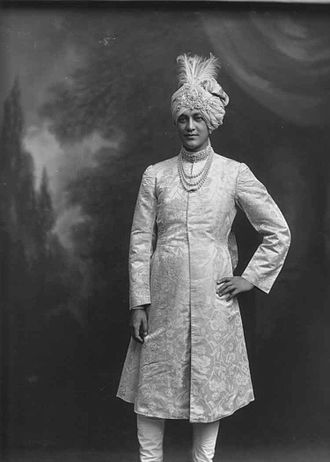
Prince Jitendra Narayan (photo by Wikipedia)
During the British Raj, the empire of Britain exercised direct authority over a sizable two-thirds of the Indian subcontinent. Meanwhile, the remaining two-fifths of this huge region was divided into a complex patchwork of 600 Native States. These indigenous prince-led republics promised full devotion to the hated British Crown. Cooch Bihar, sometimes known as Koch Bihar, was one such state that sought British assistance. Prince Jitendra Narayan, the second son of Maharaja Nripendra Narayan and Maharani Suniti Devi, was born in 1886 in the West Bengal princely kingdom of Cooch Behar. He, like many other Indian rulers of the period, had his education in England. He attended Eton College before moving on to Cambridge University. Among other sports, he excelled in polo and cricket. After his father died, Jitendra’s elder brother, Rajendra, took over as heir.

Princess Indira Raje (photo by The Indian Quest Digital)
Princess Indira Raje, on the other hand, was born in the princely state of Baroda in modern-day Gujarat in 1892. She was the only daughter of Sayajirao III, Maharaja Gaekwad of Baroda, and one of India’s renowned princes. Indira was nurtured at the Lakshmi Vilas Palace with her brothers. Because of her parents’ liberal educational views, she got the rare chance to be the first Indian princess to attend both school and college. She, like Jitendra, had the chance to go to England and Europe during season as a child. Her father, who was well-known and prominent in England, and her mother, who donated to various British organizations, joined her on these travels. Indira earned a reputation in both India and Britain for her outstanding beauty, quick wit, and excellent intelligence as she got older.

A famous painting of Maharani Indira ( Photo By – The de Laszlo Archive Trust)
Indira’s stunning beauty rapidly drew the attention of many Indian princes. Madho Rao Scindia, the Maharaja of Gwalior, was a renowned man in his day. Gwalior, like Baroda, was an important Indian Native State, being one of the richest, biggest, and most influential. Furthermore, the Scindias, like the Gaekwads, belonged to the legendary Maratha dynasty. It is only natural that the relationship between him and Indira would be regarded as the pinnacle of a perfect partnership in the world of marital unions. Indira became involved with a suitor who was around twenty years older than she was. Adding to the complication, this suitor was already married, putting Indira in a difficult situation. It became clear that his main goal was to select a mate exclusively to bear him a male heir, leaving little possibility for true emotional connection or friendship. Indira’s feelings appeared to lose importance in the course as her parents made a choice that would determine her destiny. Despite her concerns, a noble and powerful suitor had pitched himself, making it difficult for her parents to turn off such an opportunity. As a result, Indira engaged the Maharaja in 1910, when she was just 18 years old.
Symphony of love at first sight
After a year in December 1911, The monarchy and revered aristocracy of India descended on the newly selected capital, Delhi, to take part in the grand celebration known as the Delhi Durbar. The enormous spectacle known as the Durbar had been methodically planned, with the sole intention of bestowing the title of Emperor of India on King George V. The climax was when all of India’s rulers paid their respects to the Emperor in front of thousands of people on a specially built parade field. Indira and Jitendra had an unintentional meeting here, which marked the beginning of their fatal relationship. The circumstances surrounding their first meeting and the activities they participated in during the festivities remain unknown. One thing is certain: they instantly bonded and fell in love at first sight. When the Durbar was being disassembled and the important royal families were returning to their various territories, Indira was contemplating a major choice. She was adamant that she was madly in love with Jitendra and would accept no other marriage proposal. Engagements had enormous weight in princely India and were often seen as comparable to marriage. Indira had a difficult situation since she was skeptical that her parents would consent to call off her engagement to Gwalior despite her discovering another person who wanted to be with. In an extraordinary show of bravery and originality, the princess took things into her own hands by personally sending a letter to her fiancé, stating her choice not to continue with the union. In an unforeseen turn of events, her parents were taken off guard by some unexpected news. Just as the wedding preparations were wrapping up, Maharaja Gaekwad got a letter from Gwalior. The message’s contents were brief and to the point, asking a perplexing question: “What does the princess mean by her letter?”
Indira was challenged by her parents, who spent no time voicing their worries about family honor and the possible scandal that may result from her conduct. The harm had already been done in a terrible sequence of events, leaving little opportunity for her marriage with the Maharaja. Madho Rao handled a difficult circumstance with poise and dignity, demonstrating exceptional maturity and elegance. Rather than making an unneeded uproar, he decided to approach the situation thoughtfully. Madho Rao sent Maharaja Gaekwad a thoughtful letter in which he expressed his comprehension of the situation and accepted the decision.
Against all Odds
Indira’s task was to convince her parents to consent to her marriage to Prince Jitendra. A slew of issues stood in her and Jitendra’s path. The first point of contention was religion and race. The Gaekwads belonged to the Maratha community and practiced strong orthodox Hinduism. The Cooch Behar family, on the other hand, practiced Brahmo Samaj, a monotheistic version of Hinduism. Maharani Suniti, a Bengali, was the daughter of prominent scholar and Brahmo Samaj movement leader Keshub Chandra Sen. Another point of contention was the question of seniority and status. The royals and princely states were rigidly organized by the British based on characteristics such as financial position, territory, background, and importance. The Gaekwads of Baroda were placed second among Indian princes, while the Maharajas of Cooch Behar were ranked forty-sixth, a considerable drop for Indira. Indira’s father had a negative first impression of Jitender. He perceived him as a drunken playboy, which was not incorrect. Furthermore, he thought Jitendra and his family were too Westernised and immoral. Nonetheless, Jitendra and Indira continued to meet discreetly for the next two years. More significantly, Maharaja Gaekwad personally summoned Jitendra to Baroda and demanded that he cancel all plans to marry his daughter. Indira’s parents eventually consented in 1913, and the marriage of Princess Indira of Baroda and Prince Jitendra of Cooch Behar was finalized.
Although Jitender and Indira’s love story was the talk of the town, the news of their engagement rapidly made headlines in publications throughout the United Kingdom and India. Some shocking news started making the rounds in newspapers in May of 1913. Maharaja Gaekwad was said to have unexpectedly called off the marriage in Calcutta. The Maharaja changed his mind and determined that he would never approve of this marriage. This sudden change of events astonished many people and piqued their interest in the reasons behind the Maharaja’s choice. Indira, on the other hand, had no intention of giving up so simply. When questioned by a reporter, she replied firmly that she had always wanted to marry Jitender and had patiently waited for a long time. Indira had successfully pushed her father’s decision. She had ruled out marrying a renowned royal by declining the Maharaja of Gwalior. Her love story with Jitendra, on the other hand, had captured the hearts of a whole kingdom. This remark had now established her father as the villain in their fairy tale.

Married at the Buckingham Palace Hotel in a traditional Brahmo ceremony, Maharaj Jitendra and Maharani Indira officially became husband and wife. (Photo by Royal Archives on Facebook)
Happily ever after
As a consequence, Maharaja Gaekwad permitted Indira to secretly marry Jitendra. However, he declared that she go alone and that no family members would be there on her wedding day. Indira accepted and traveled to London alone to marry. Three rituals were placed on the wedding day. Indira converted to the Brahmo Samaj and joined their group at the Buckingham Palace Hotel that morning. The civil ceremony was held in the Paddington Registry Office, in a simple setting. The ceremony came to a close with the Brahmo wedding service at the Buckingham Palace Hotel. Indira wore a lovely pink and gold sari, while Jitendra looked gorgeous in his best white robes and hat. Maharani Suniti used diamonds, incense, and conch shells to execute the marriage rites of Jitendra and Indira. Finally, Jitendra’s brother Sword cut the wedding cake at the event.
In an unexpected turn of events, Jitendra and Indira have been elevated to the prestigious posts of Maharaja and Maharani of Cooch Behar. Following the untimely death of Jitendra’s brother, they have taken over the duties that Rajendra previously held. This abrupt change has propelled them into the position of rulers, supervising the welfare and administration of a massive population of several million people. Maharani Indira immediately reunited with her parents, presumably as a result of her new title. She was soon seen engaged in hunting activities and socializing at numerous events with her father. Together, they became the embodiment of love’s triumph over adversity, a narrative that captivated hearts and defied conventions. In the annals of history, the love story of Jitendra and Indira stands as a testament to the transformative power of love, conquering not only the boundaries of their princely states but also the constraints of tradition and expectation.
Reference
- Ray, Prosenjit. “COOCH BEHAR MARRIAGE CONTROVERSY: A HISTORY OF BRAHMO-HINDU MARRIAGE.” www.academia.edu, Apr. 2020, www.academia.edu/42608799/COOCH_BEHAR_MARRIAGE_CONTROVERSY_A_HISTORY_OF_BRAHMO_HINDU_MARRIAGE?email_work_card=view-paper.
- West, Josh, MA. “Jitendra and Indira: India’s Royal Runaway Couple – Exploring History – Medium.” Medium, 6 Jan. 2022, medium.com/exploring-history/jitendra-and-indira-indias-royal-runaway-couple-f7d1b6df8381.
- December 4, 2023
- 6 Min Read
- December 4, 2023
- 10 Min Read


